Which tile is better for the kitchen - practical tips
Despite the market variety of finishing materials, certain rooms in our house are equipped in accordance with the laws of functionality and practicality. First of all, we are talking about the kitchen, which is the most visited place in the house. According to statistics, most women spend a decent part of their lives there. Just for this reason, both stylistically and functionally, the kitchen should be thought out to the smallest detail. The benefit of methods and tools to achieve such excellence at the moment is more than enough.
Functional qualities
Everyone who set out to make a beautiful and comfortable kitchen at the initial stage is trying to figure out which tile to choose for the kitchen best.
Indeed, no doubt, a more perfect wall and floor covering cannot be found for this room. First of all, a good tile is characterized by high performance and must be stable:
- hot humid environment (steam);
- to abrasion;
- to pollution;
- to the effects of detergents;
- moisture penetration.
Important! It is quite obvious that in the kitchen something is always boiling, boiling and splashing, and as a result the walls are covered with a layer of fat. This factor must be taken into account when choosing a tile - in the working area, it must have a protective layer of enamel.
And you must not forget that to clean and keep this tile in proper condition, housewives very often use abrasive cleaners. This is not always justified, since the tiled surface may be damaged, minor scratches will appear on it and its service life will be significantly reduced.
It is also worth remembering that this finishing material should have a certain degree of impact resistance and resistance to other types of mechanical stress.
We make walls
Fashion trends are characteristic for any sphere of our life. Of course, they "lead" and a large army of interior designers. If you take the kitchen, in recent years, more and more in design developments you can see the wall decoration with small tiles.
No doubt: this approach brings a very strong aesthetic effect, but it should be used with extreme caution. The kitchen, especially the working area is not the place where there should be a lot of grouting seams. It is very difficult to care for the surface so finished, since it is the seams that are the place where most dirt and microorganisms accumulate.
We finish the floors
Interesting! Tiles have been used as flooring for a long time - for several centuries now. Despite the triumph of technological progress, fundamental changes in the manufacture of high-quality tiles are not observed. Although, of course, this type of decoration in modern conditions is made using more advanced technologies and the latest equipment.
How long the tiled floor will last is more dependent on two indicators:
- Strength (hardness) of the upper layer.
- Wear resistance, that is, the ability to resist abrasion.
Strength characteristics
If you are not strong in these specific aspects and cannot visually determine how strong and durable the tile is, then pay attention to the manufacturer's information.In fact, there is a certain classification and specially developed standards that indicate the level of strength and operational parameters of the tile. In accordance with these standards, you can easily determine which tiles can be used for flooring, and which is suitable exclusively for wall surfaces. The classification was developed by the American Institute (Porcelein Enamel Institute) and according to it, the following tiles are offered to the consumer:
- PEI I - exclusively for walls;
- PEI II - floor, can be used in bathrooms or bedrooms, that is, in those rooms where they walk barefoot or in home soft shoes;
- PEI III - used in any room, with the exception of hallways;
- PEI IV - relevant in any room, and especially in the hallways, corridors and stairs;
- PEI V - has the highest rate of wear resistance, it is recommended for finishing the floor surface in rooms with intense load.
Based on this information, tiles of III-IV classes are suitable for the kitchen.
Resistance to household chemicals
It is also extremely important that the selected floor tiles for the kitchen well tolerate the effects of chemicals. When cleaning this home, detergents are constantly used, which not very high-quality material can simply spoil, and irrevocably. For this reason, when choosing a floor covering, it is worth giving preference to a tile characterized by resistance to chemically active substances, that is, belonging to the classes "AA" or "A".
Safety
Perhaps the most important quality of floor tiles is safety, which is expressed in slip resistance. This characteristic is inextricably linked to the coefficient of friction. Today, there are four categories of safety of this finishing material:
- Danger - up to 0.19.
- On the verge of danger - 0.2-0.39.
- Satisfactory - 0.4-0.74.
- Excellent - over 0.75.
The size
Large-format tiles are much easier and faster to lay, while smaller ones have a higher cost and more troublesome laying process. Although, from the point of view of aesthetic preferences, many consumers believe that it is small tiled elements that make the room more elegant and elegant.
Tips from professionals
It is best to purchase kitchen tiles in a specialized store. Firstly, it is there that the largest range of this material will be offered: various styles, texture, color palette. Secondly, it is here that the greatest probability is to get answers to all questions of interest from professional managers and consultants who know almost everything about this specific product.
Important! If you know exactly which tile you need, then you can choose a specialized online store as the place of purchase.

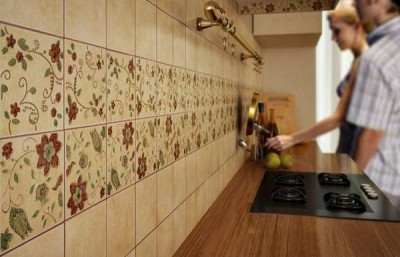
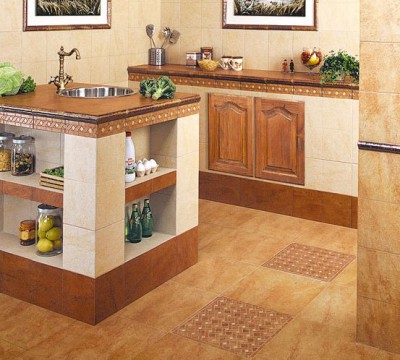
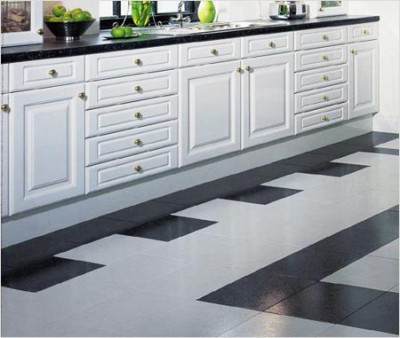
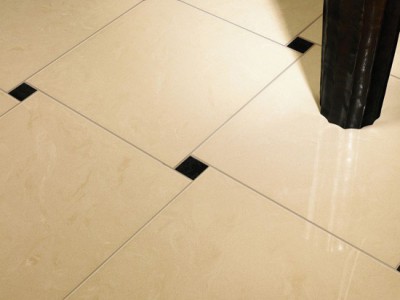
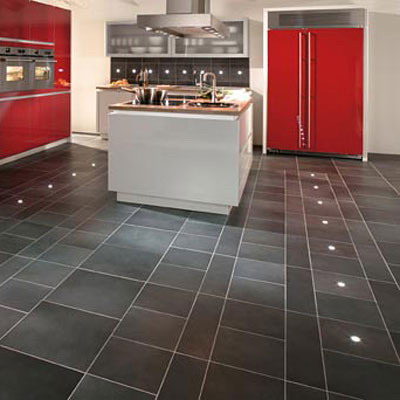
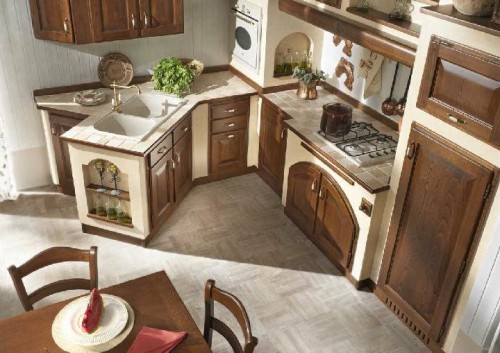
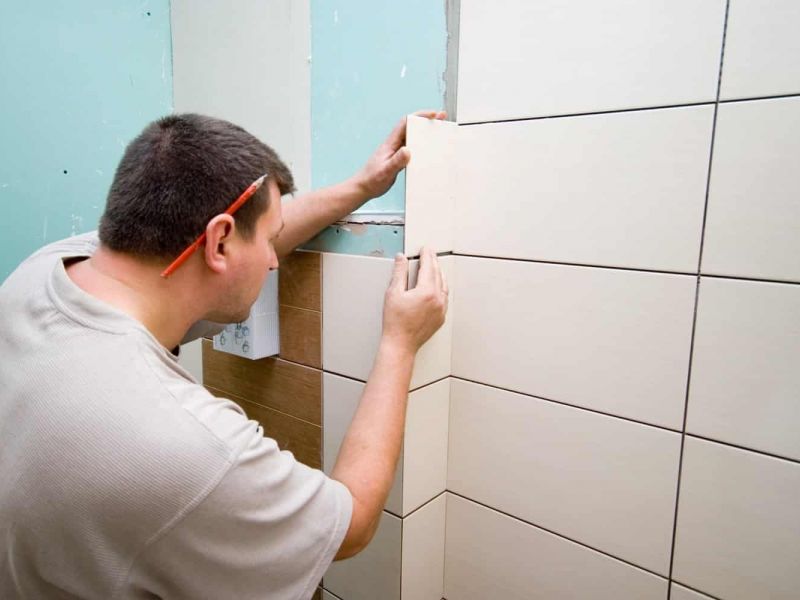

3 comments